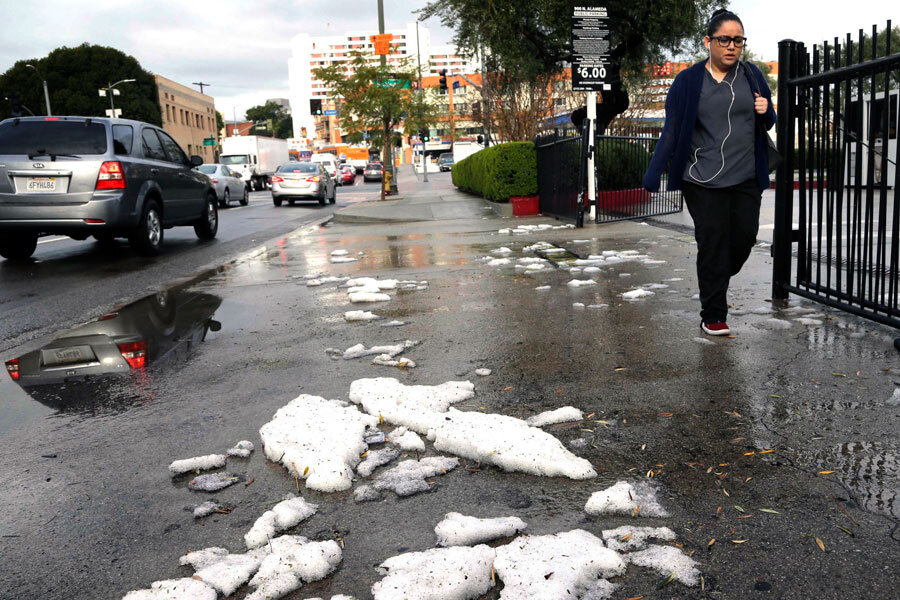Pedestrian deaths appear to be climbing: Can we reverse the trend?
Fatal crashes on the road are decreasing. For drivers, that is. For pedestrians, however, the story is very different.
According to an annual report by the Governors Highway Safety Association (GHSA), 2015 saw a 10 percent increase in pedestrians killed in motor vehicle crashes compared to a four percent decline in overall traffic deaths during the same period. In the first six months of 2015, 2,368 pedestrians were killed by traffic crashes.
“We are projecting the largest year-to-year increase in pedestrian fatalities since national records have been kept, and therefore we are quite alarmed,” Richard Retting from Sam Schwartz Consulting says in a GHSA press release. “Pedestrian safety is clearly a growing problem across the country.”
Despite these discouraging numbers, new safety tools are being implemented across the country to help ensure pedestrian safety.
Three modes of prevention efforts help reduce vehicle-pedestrian incidents, reports the GHSA: increasing the separation of pedestrians from motor vehicles, increasing pedestrian’s visibility to drivers, and reducing vehicle speeds. Some examples include the addition of more sidewalks, pedestrian overpasses or underpasses, rectangular rapid-flashing beacons (RRFBs) on crossing signs, improved street lighting, and speed bumps.
And it may be easy to focus on the overall increase in pedestrian fatalities but a number of states actually witnessed a decrease in these deaths. While 26 states and the District of Columbia reported higher numbers in 2015, three states reported the same rate and 21 states saw fewer pedestrian deaths than the year before.
GHSA reports several trends that can focus safety efforts in these 23 states.
In 2015, 42 percent of all pedestrian traffic fatalities occurred in the four most populous states of California, Florida, Texas, and New York. Combined, these four states make up 33 percent of the US population. This data suggests that pedestrian fatalities are more likely in populous cities with large, urban centers.
Also notable, 72 percent of all pedestrian fatalities in 2014 occurred in the dark. And over 75 percent of all deaths happened somewhere other than at an intersection, suggesting pedestrians are safer using crosswalks.
It is widely understood that alcohol plays a role in death rates of vehicle drivers and passengers, but the same proves to be true for pedestrian deaths. Of the 2,368 pedestrians killed in the first six months of 2015, 34 percent were legally drunk.
“Whether you live in a city or a small town, and whether you drive a car, take the bus or ride a train, at some point in the day, everyone is a pedestrian,” says US Transportation Secretary Anthony Foxx in a National Highway Traffic Safety Administration (NHTSA) press release. “We all have a reason to support pedestrian safety, and now, everyone has new tools to help make a difference.”
And as for the inverse relationship between increasing pedestrian fatalities and decreasing driver fatalities, GHSA offers a few explanations.
Motor vehicle travel saw a spike during the same time period, with more drivers on the road because of low gas prices. More Americans are also walking for health or environmental reasons, and they are also spending more time on their cell phones. Pedestrians and drivers alike are more likely to be looking down at their phones.
“Additionally, vehicles are becoming more ‘crashworthy,’ meaning the likelihood of drivers and passengers surviving a crash is improving all the time,” GHSA explains in a press release. “By contrast, pedestrians remain just as susceptible to injuries when hit by a motor vehicle.”







